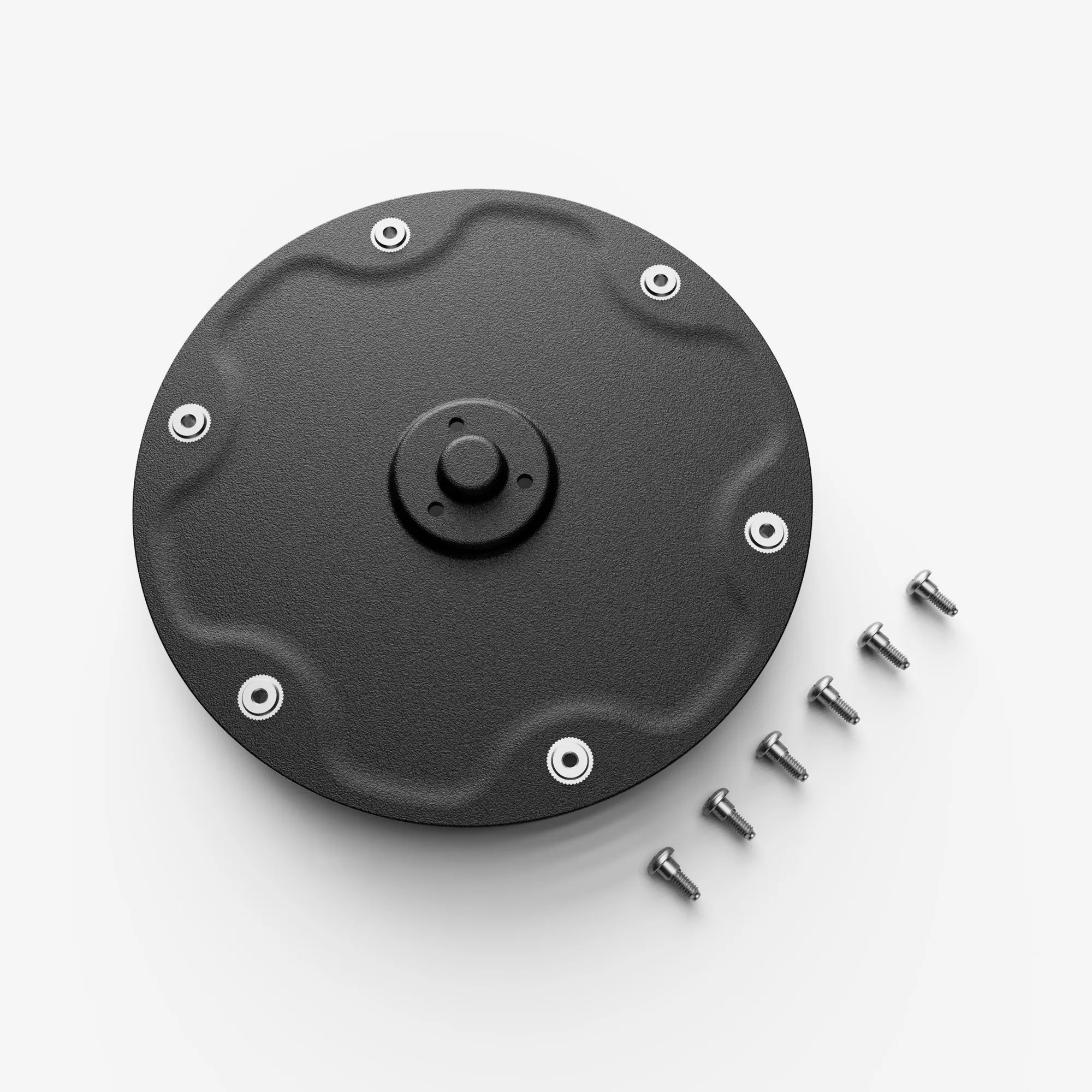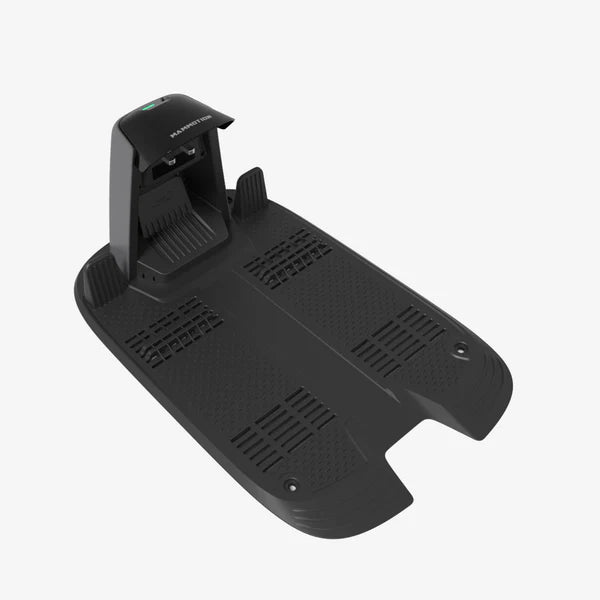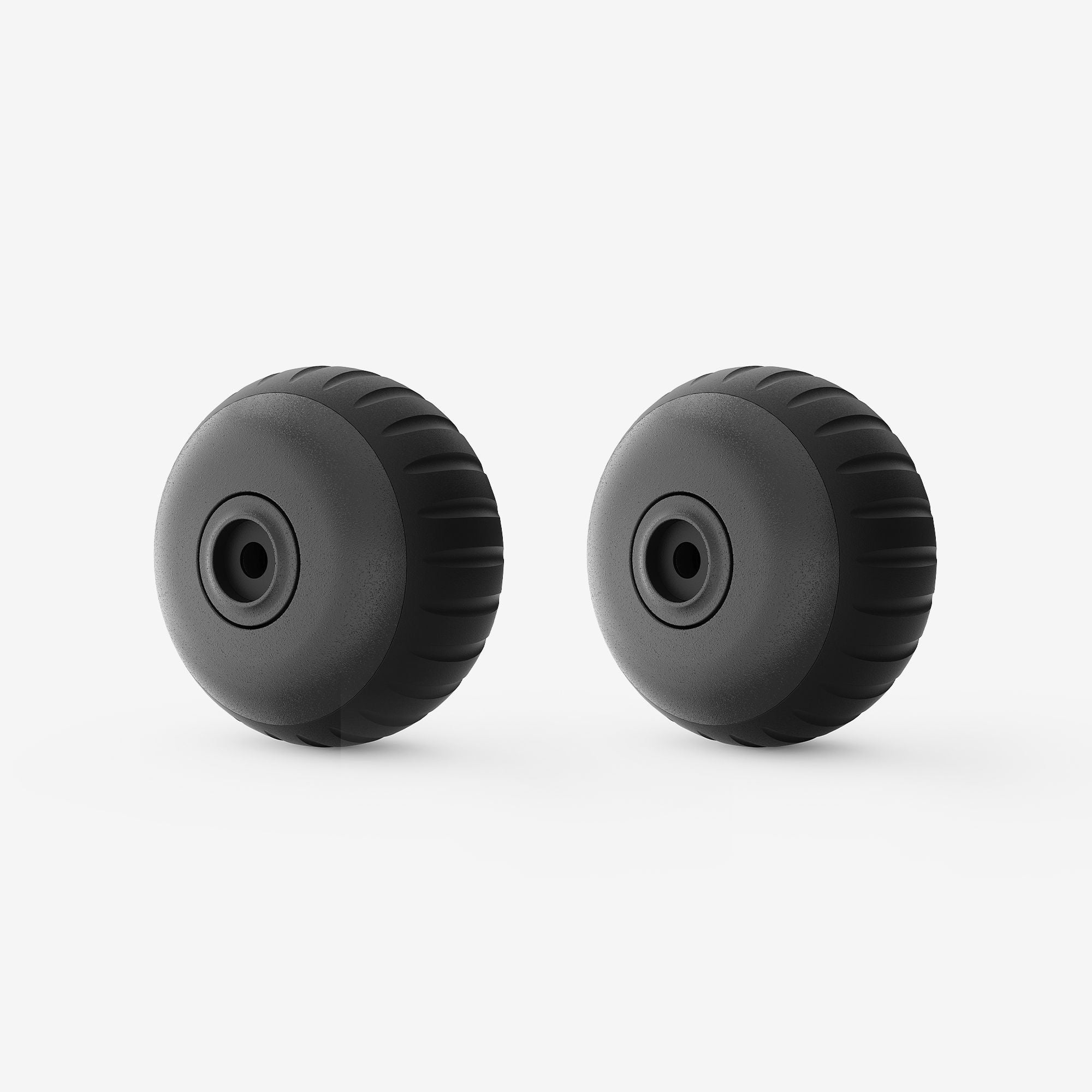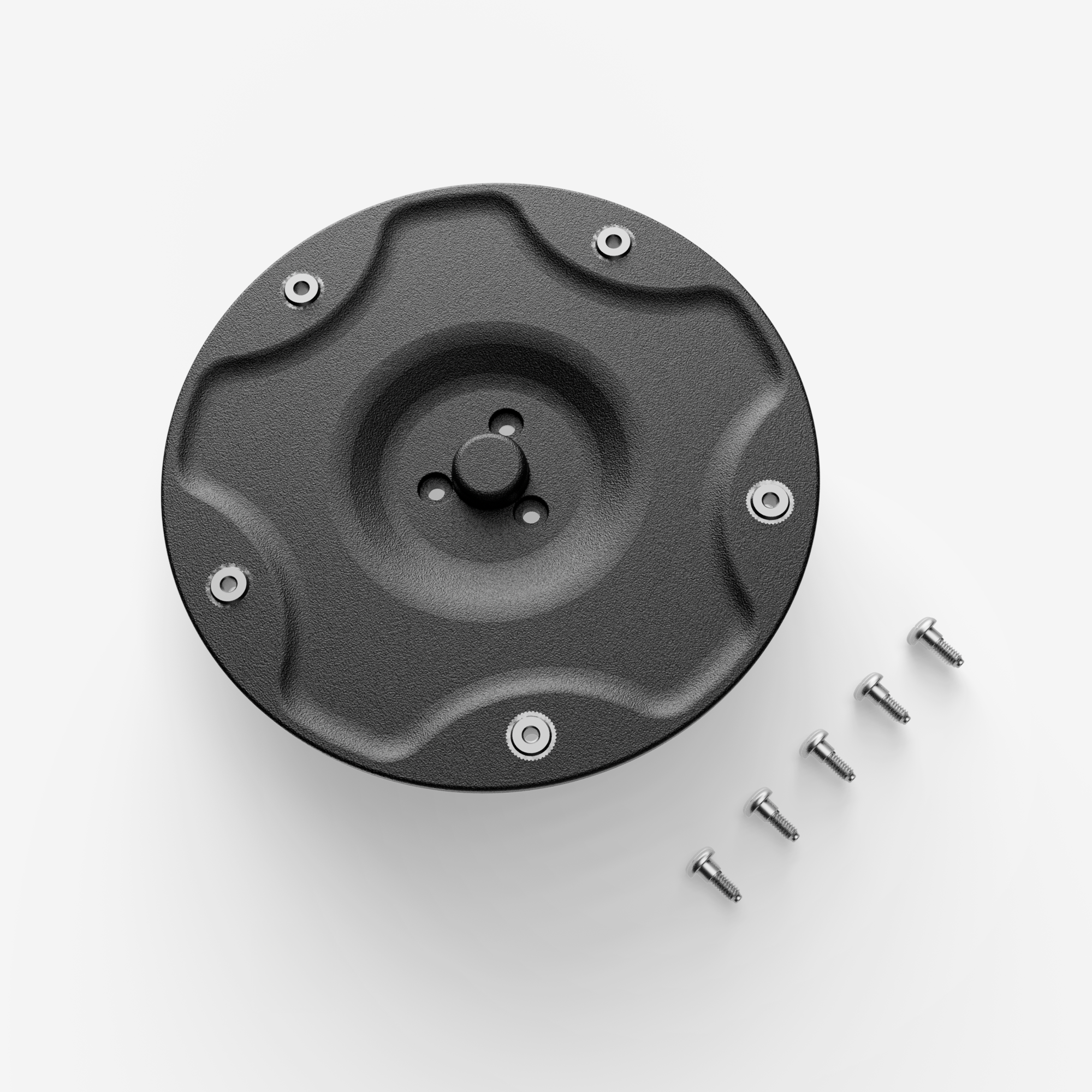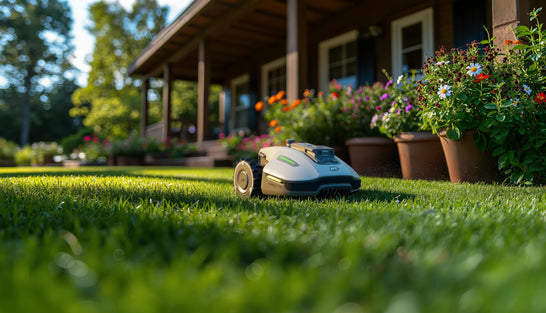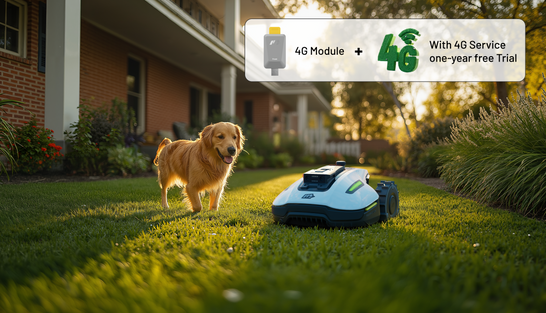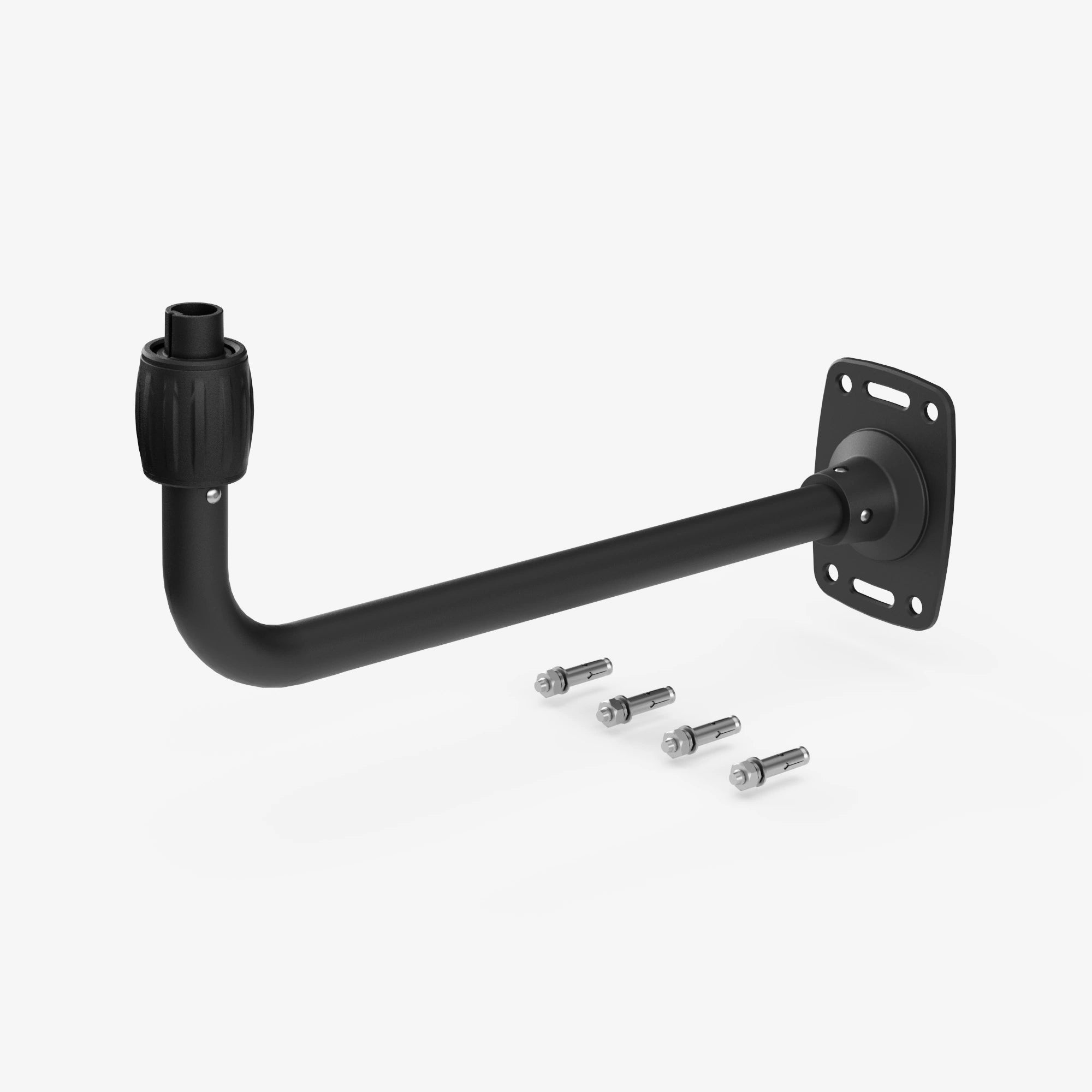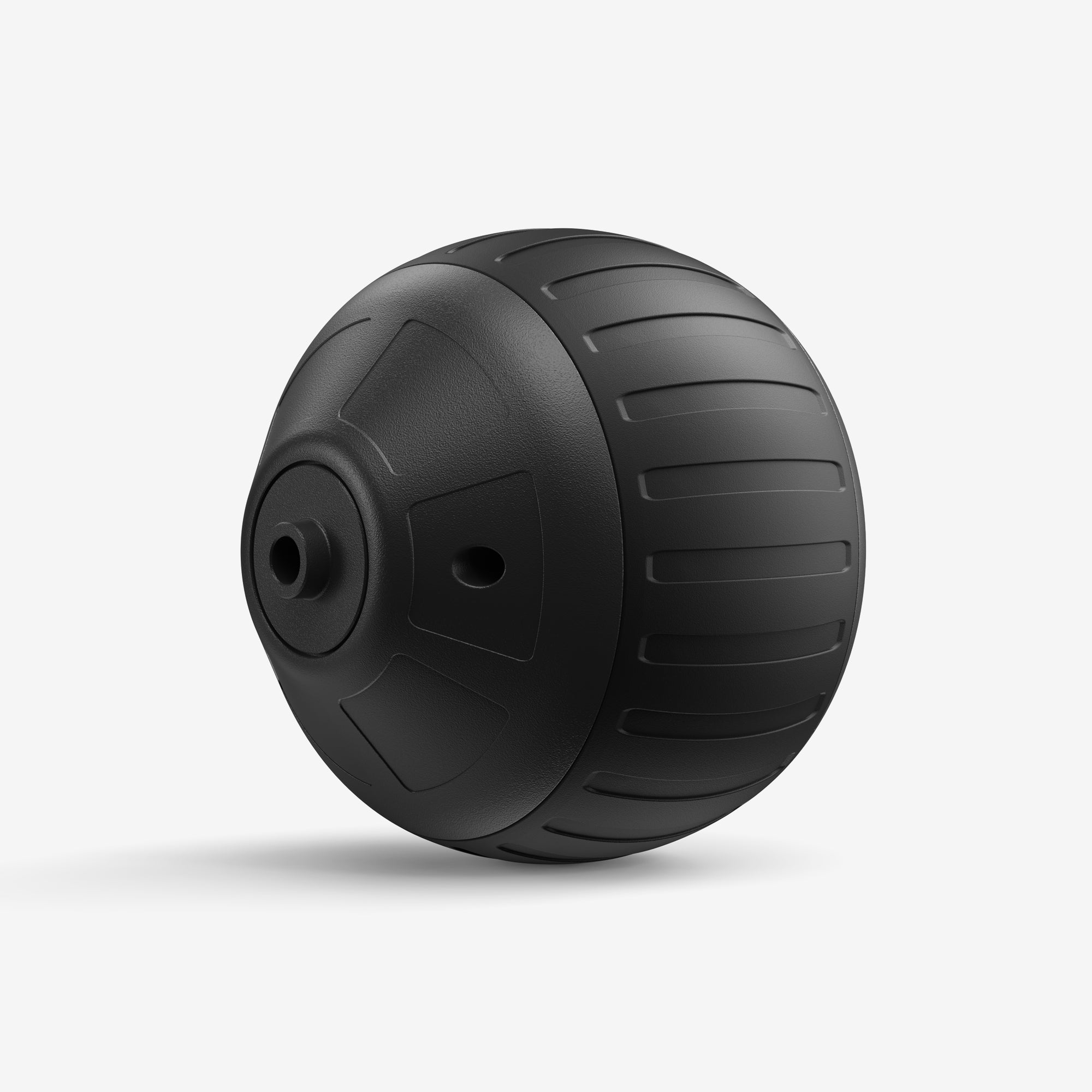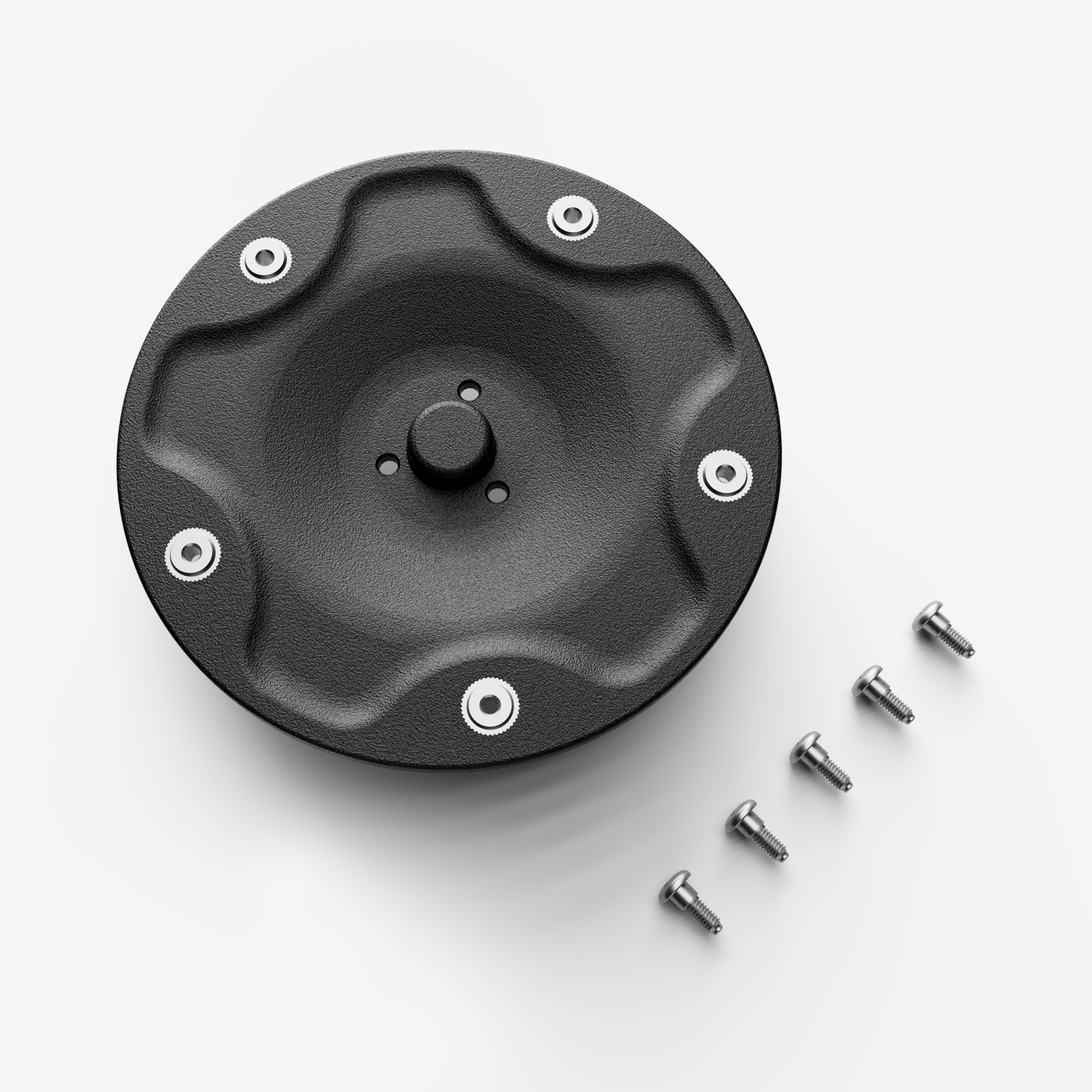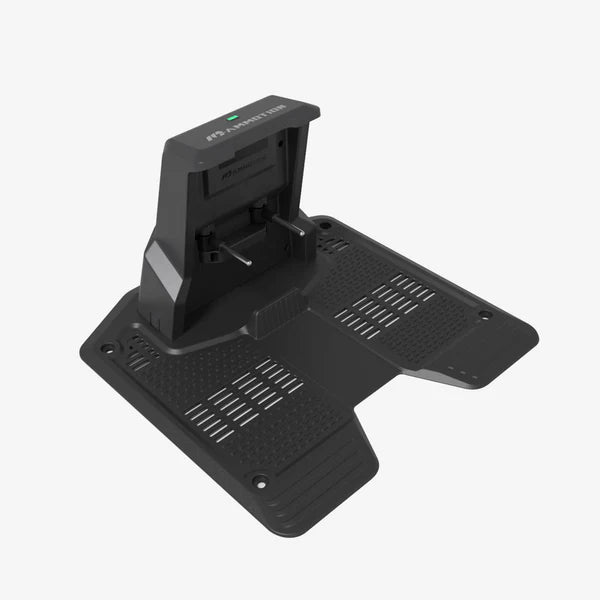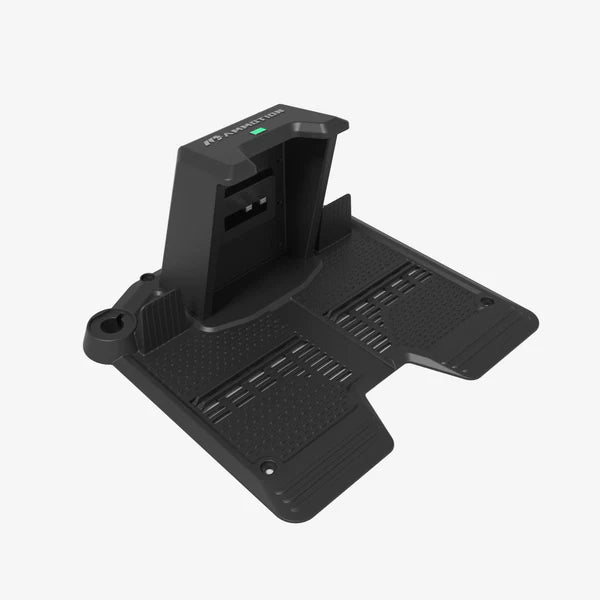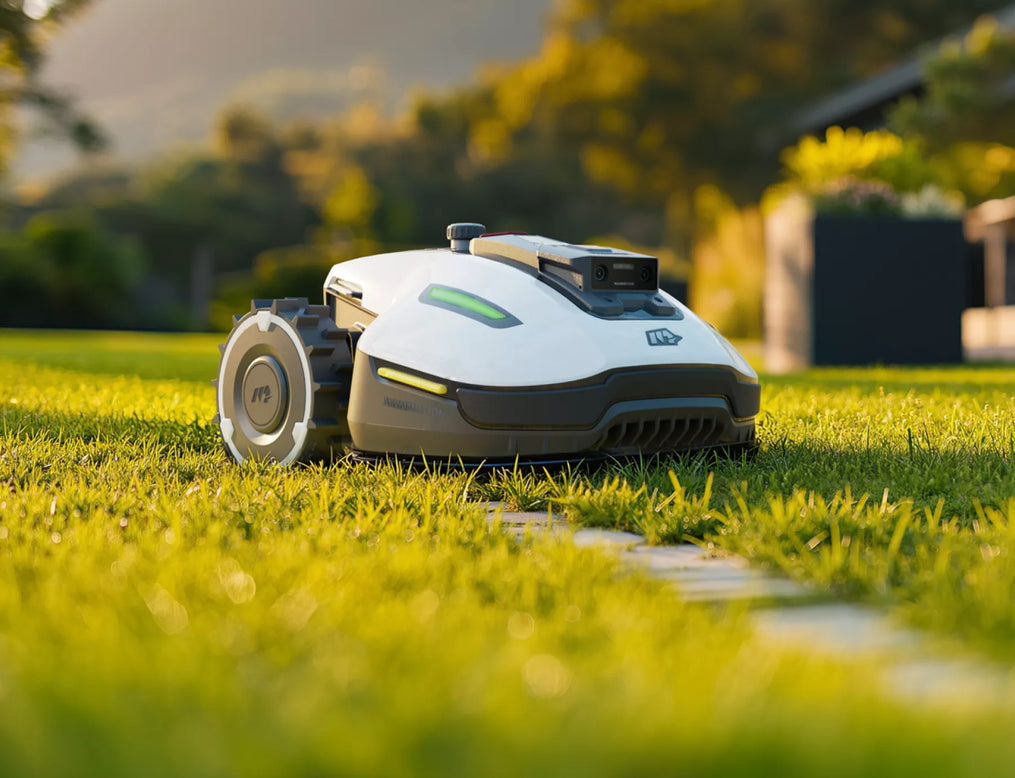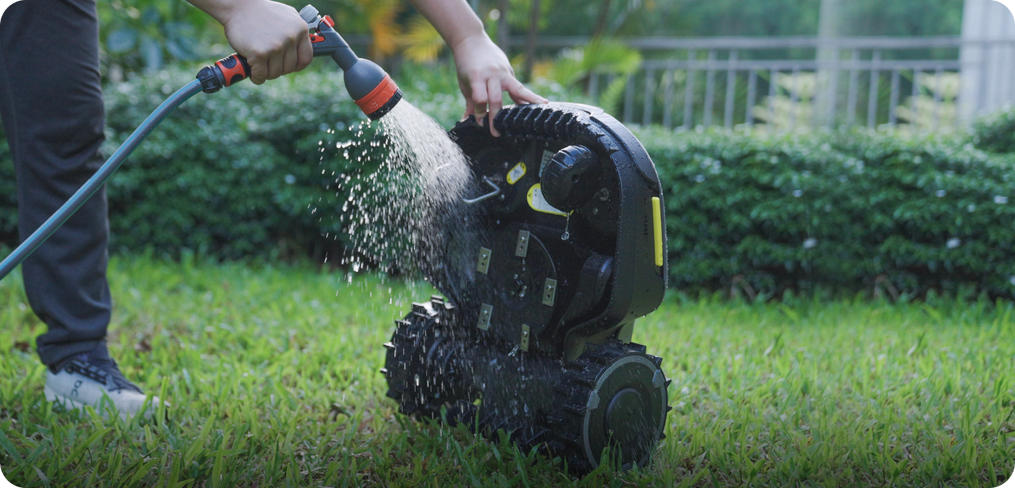A smooth, healthy lawn starts with a properly maintained mower—and one of the most overlooked steps is keeping the blade balanced. If you’ve noticed extra vibration, uneven cutting, or strange noises, an unbalanced blade is often the culprit. Learning how to balance a lawn mower blade is simple, cost-effective, and can dramatically improve the performance and lifespan of your mower. As a lawn care professional, I’ll walk you through the exact steps, tools, and safety tips you need so you can restore a clean, even cut and protect your equipment from unnecessary wear.
Why Balancing a Lawn Mower Blade Is Important
A properly balanced lawn mower blade is essential for both performance and equipment longevity. When a blade becomes unbalanced—usually from sharpening, hitting debris, or normal wear—it creates excess vibration as it spins. That vibration doesn’t just feel uncomfortable; it puts stress on your engine, spindle bearings, and mower deck.
Over time, unbalanced blades can lead to uneven cutting patterns, premature part failure, and even safety risks if the blade loosens or the spindle becomes damaged. By keeping your lawn mower blade balanced, you ensure a cleaner, more consistent cut, reduce strain on the machine, and maintain a smoother, safer mowing experience overall.
Tools You'll Need to Balance a Lawn Mower Blade
Before you begin, gather the essential tools to balance your mower blade safely and accurately. You’ll need:
- Socket wrench or impact driver (to remove the blade)
- Sturdy nail, screwdriver, or a blade balancer (for checking balance
- Metal file or bench grinder (to remove material from the heavy side)
- Wire brush or rag (for cleaning the blade)
- Work gloves and safety glasses
- Torque wrench (for proper reinstallation)
- Wheel chocks or a stable block/stand (to secure the mower)
With these tools ready, the balancing process becomes much easier and far more precise.
Safety First: Preparing Your Mower Before You Begin
Balancing a lawn mower blade is straightforward, but safety always comes first. Pls check the next steps:
Disconnect the Spark Plug
Before touching the blade, always disconnect the spark plug wire. This single step prevents accidental engine firing while you’re working under the mower. Pull the rubber boot off the spark plug and move it aside where it can’t snap back into place. It takes seconds and eliminates a major safety hazard.
Safely Tilt the Mower
If you need to tip the mower to access the blade, always tilt it with the carburetor and air filter facing upward. This prevents fuel from leaking into the air filter or engine. Stabilize the mower with blocks or wheel chocks so it doesn’t shift during the job.
Wear Protective Gear
Lawn mower blades are sharp and metal filings can become airborne. Wear heavy-duty gloves, eye protection, and closed-toe shoes. If using a grinder, consider adding hearing protection. Proper gear keeps you safe throughout the balancing process.
Taking these simple precautions ensures you can remove, inspect, and balance the blade confidently and without injury.
Step-by-Step: How to Balance a Lawn Mower Blade
In this section, we’ll guide you through each step—from removing the blade to checking and correcting its balance—so you can achieve a smooth, vibration-free cut.
Step 1 — Remove the Lawn Mower Blade
With the spark plug disconnected and mower secured, use a socket wrench or impact driver to remove the blade bolt. Mark the blade’s orientation with chalk or a marker so you reinstall it correctly. Carefully slide the blade off and set the bolt aside.
Step 2 — Clean the Blade Thoroughly
Before balancing, remove built-up grass, dirt, and rust using a wire brush or rag. A clean blade gives you a more accurate reading and prevents false imbalance caused by debris stuck to one side.
Step 3 — Check Balance Using a Balancer or Nail Pivot
This is where you’ll perform the key test: how to check lawn mower blade balance. Place the blade’s center hole on a blade balancer, nail, or screwdriver mounted horizontally. If one end drops, that side is heavier. The pivot test works because it centers the blade on a single point, allowing gravity to reveal which side carries more mass.
Step 4 — Identify the Heavy Side
Let the blade settle naturally. The lower end is the heavy side that needs adjustment. Mark it lightly so you don’t lose track as you file.
Step 5 — File or Grind the Heavy Side
Using a metal file or grinder, carefully remove small amounts of material from the underside of the heavy end. Never remove metal from the cutting edge or attempt to add weight to the lighter side.
Step 6 — Recheck Balance Frequently
Balance is achieved gradually. After every few passes with the file, repeat the pivot test until the blade stays level or very close to level.
Step 7 — Reinstall and Torque the Blade Properly
Once balanced, reinstall the blade in the same orientation you removed it. Use a torque wrench to tighten the bolt to the manufacturer’s recommended specification for safe operation.
Following these steps carefully ensures safety, precision, and a longer-lasting mower blade.
Tips for Getting a Perfectly Balanced Lawn Mower Blade
Achieving a perfectly balanced mower blade requires attention to detail. Here are some expert tips:
- Remove Small Amounts of Metal: Take off only tiny amounts at a time. Removing too much can throw the balance off or weaken the blade.
- Keep Bevel Angles Consistent: Ensure the cutting edge maintains its original angle to preserve cutting efficiency and avoid uneven wear.
- Sharpen First, Then Balance: Always sharpen the blade before attempting to balance it. Sharpening changes the blade’s weight distribution, so balancing afterward is essential.
- Use a Balancer for Accuracy: While a nail or screwdriver works, a dedicated blade balancer provides a more precise reading.
- Special Considerations for Mulching or Multi-Blade Decks: Mulching blades and decks with multiple blades may require balancing each blade individually and checking the interaction between blades to minimize vibration.
Following these tips ensures smoother operation, longer blade life, and a cleaner, more even cut.
Troubleshooting: Why Your Mower Still Vibrates After Balancing
Even after carefully balancing your lawn mower blade, you may still notice vibration. Several factors could be responsible:
- Spindle Issues: Worn or damaged spindles can cause the blade to wobble, creating persistent vibration. Inspect and replace if necessary.
- Uneven Deck: A bent or warped mower deck can prevent the blade from spinning evenly, regardless of balance. Check for signs of damage or sagging.
- Loose Blade Bolt: If the blade isn’t torqued correctly, it can shift slightly during operation, causing vibration. Always tighten to manufacturer specifications.
- Bent Crankshaft: Hitting a rock or other hard object can bend the crankshaft, which leads to vibration that blade balancing alone won’t fix.
Addressing these issues ensures your mower runs smoothly and safely, complementing the work you’ve done to balance the blade.
How Often Should You Balance a Lawn Mower Blade?
To keep your mower running smoothly, it’s important to balance the blade regularly. Here’s a simple guideline:
- After Every Sharpening: Sharpening changes the blade’s weight distribution, so always check balance afterward.
- Anytime You Hit an Object: Striking rocks, roots, or other debris can bend or chip the blade, creating imbalance. Inspect and rebalance if this happens.
- At Least Once Per Season: Even with careful use, regular maintenance helps prevent vibration and uneven cuts.
Following these intervals ensures a cleaner, more efficient cut and extends the life of both the blade and mower.
Do Robotic Lawn Mower Blades Need to Be Balanced?
The Short Answer: No, Robotic Mower Blades Work Differently
Unlike traditional gas or electric mowers, robotic mowers—including Mammotion robotic mowers—use lightweight, replaceable multi-blade systems. These blades are designed to spin at very high speeds with minimal mass, which eliminates the need for traditional balancing. Their design ensures even cutting without creating excessive vibration, making routine balancing unnecessary for optimal performance.
Why Robotic Mowers Don’t Require Blade Balancing
- Blades are small, symmetrical, and lightweight.
- Engineered for rapid rotation with low impact forces.
- Replaceable rather than sharpened, so weight distribution remains consistent.
- Decks and motors are built to handle slight variances in blade alignment, maintaining a smooth, consistent cut.
When Should You Replace Robotic Mower Blades?
- Every 1–3 months depending on yard size. For example, with a Mammotion robot mower, we recommend replacing blades every 100 hours of operation. If your mower runs 2 hours per session, 4 times per week, this roughly equals a 3-month interval.
- After hitting a rock or hard object, which can damage or bend a blade.
- Replacement blades are very inexpensive and quick to swap, keeping maintenance simple and efficient.
Final Thoughts
Balancing a lawn mower blade is a simple yet crucial task that ensures a smooth, even cut, reduces vibration, and extends the life of your mower. By following proper safety steps, using the right tools, and checking balance regularly, homeowners can maintain their equipment efficiently and enjoy a healthier, more attractive lawn.
For those seeking a maintenance-free solution, robotic mowers like Mammotion offer a modern alternative. With lightweight, replaceable blades that don’t require balancing and automated mowing schedules, you can save time while keeping your lawn perfectly manicured—without the hassle of traditional blade maintenance.
Frequently Asked Questions
1. How to fix unbalanced mower blades?
To fix an unbalanced blade, first remove it from the mower and clean off any debris or grass buildup. Use a blade balancer or a simple pivot test (placing the center hole on a nail or screwdriver) to determine the heavy side. Carefully file or grind the heavier end in small increments, rechecking balance frequently. Once level, reinstall the blade and torque it to the manufacturer’s specification. Regular maintenance prevents vibration and uneven cutting.
2. How to balance a lawn mower blade using a nail?
Remove the blade and place its center hole on a horizontal nail or screwdriver mounted securely. Let the blade settle naturally. If one side dips lower, that end is heavier. Mark it and remove small amounts of metal from the heavy side. Repeat until the blade stays level when placed on the nail. This pivot method works because it allows gravity to reveal weight distribution.
3. How do I know if my lawn mower blade is unbalanced?
Common signs of an unbalanced blade include excessive vibration during operation, uneven or patchy cutting, unusual noise, and premature wear on the mower’s spindle or deck. Visually inspecting the blade for bends, nicks, or missing material can also indicate imbalance.
4. How to balance a lawnmower blade without a balancer?
You can use the pivot method: place the blade’s center hole on a horizontal nail, screwdriver, or similar object. Let it hang freely and observe which side dips lower. The heavier end can be filed down incrementally until the blade remains level. Always clean the blade first and take safety precautions when working with sharp edges.
5. Do lawn mower blades have to be perfectly balanced?
While blades don’t need to be “perfectly” balanced down to a fraction of a gram, they should be close enough to eliminate vibration. Even minor imbalances can reduce cut quality and strain the mower. Aim for the blade to remain nearly level on a pivot test for optimal performance.
6. What are the symptoms of unbalanced mower blades?
Symptoms include:
- Excessive vibration or shaking while mowing
- Uneven or jagged grass cuts
- Premature wear on spindles or bearings
- Unusual noise or rattling from the deck
- Difficulty controlling the mower or feeling instability
7. Do lawn mower blades need to be balanced after sharpening?
Yes. Sharpening removes metal from the cutting edge, altering the blade’s weight distribution. Balancing afterward ensures smooth operation, reduces vibration, and maintains an even cut.
8. When to change the robotic mower blades?
Robotic mower blades typically need to be replaced every 1-3 months. Mammotion robot mowers should typically be replaced every 100 hours of operation. For example, if your mower runs 2 hours per session, 4 times a week, replacement is needed roughly every three months. Blades should also be changed immediately if they hit a hard object or become damaged. These lightweight, replaceable blades are inexpensive and quick to swap.





